Real estate investment tastes: Foreigners "leave the village", Vietnamese "leave the city"
Homebuyers in developed countries are increasingly moving to big cities, driven by job demands and social amenities. But in Vietnam, the opposite is happening.
After Covid-19, foreigners "go to the city" to buy houses
According to the South China Morning Post, home buyers in many developed countries and territories are shifting their “sights” from the suburbs to bustling cities. This change is becoming more and more evident in the UK, Australia, Singapore, and Hong Kong.
“We have observed that during the Covid-19 period, urban real estate markets were somewhat less vibrant than suburban and rural markets, but from mid-2023, cities have had a spectacular breakthrough, as homebuyers gradually returned due to job requirements and amenities,” said Liam Bailey, head of global research at Knight Frank.
Knight Frank predicts that home sales in London will increase by 2% this year. Meanwhile, home sales in rural areas will decline by about 2%.
According to One Housing's report, in the first half of 2024, the majority of secondary transactions in the apartment segment in Hanoi came from districts far from the center. Of which, Gia Lam district accounted for the highest market share with 19%, followed by Nam Tu Liem and Ha Dong districts.
The trend of “leaving the countryside and returning to the city” is also present in Australia. According to real estate portal OpenLot, new home sales in the country’s major cities are rising sharply, while demand in remote areas is falling.
According to Qi Chen, founder of OpenLot, the two opposing trends stem from the fact that urban areas have significantly more new housing permits than suburban areas.
“The pandemic dream of living in coastal towns or in the mountains has lost its appeal. Today, people want to live as close to the big city as possible,” said Qi Chen.
Vietnamese people "return to the village" to buy real estate
In Vietnam, although most home buyers want to own houses in the city center, house prices in the inner city are too high compared to the income of the majority of people, so many people tend to go far away from the center to find real estate to buy.
Currently, in Hanoi's inner city, some new projects such as The Gloria (Ba Dinh district) have prices up to 140 million VND/m2. The Diamond Residence (Thanh Xuan district) has prices ranging from 98 - 118 million VND/m2. In particular, Endless Skyline West Lake (Tay Ho district) also has a "rooftop" price of 170 - 200 million VND/m2.
Even new projects far from the center such as The Wisteria (Hoai Duc district) have prices up to 57 - 60 million VND/m2. Lumi Hanoi (Nam Tu Liem district) has a starting price of up to 79 million VND/m2. With Imperia Sola Park (Nam Tu Liem district), apartment prices also fluctuate from 67 million VND/m2 and up.
To have a chance to settle down, many people turn to old projects. However, the prices are not much more affordable. A decade-old project like Rice City Linh Dam (Hoang Mai district) is currently priced at VND50 million/m2. Another project, CT8A apartment building (Ha Dong district), is also being offered by brokers at VND48 million/m2, even though the apartments here are approximately 17 years old.
For residential land, in central districts of Hanoi such as Dong Da, Thanh Xuan, Hai Ba Trung, the price of land in alleys 3-4 m wide is up to 200 - 300 million VND/m2.
Because the prices in the inner city are very high, many people are looking for residential land plots in suburban districts. According to Mr. Le Dinh Chung, General Director of SGO Homes, suburban land in Hanoi is a segment that has increased significantly in the first half of 2024. At times, this segment even recorded signs of local fever, with prices increasing by 10-20% compared to the beginning of the year.
In districts such as Chuong My, Quoc Oai, Phu Xuyen, the price of residential land with an alley in front of the house wide enough for two cars to pass each other ranges from 25 to 30 million VND/m2. This price is considered much cheaper than in the inner city, so recently it has attracted a large number of customers to buy land. This trend is expected to continue in the future.
Even Mr. Le Xuan Nga, General Director of BHS Property, commented that the cash flow from real estate investors will not only stop at the suburban districts, but may soon flow to the provinces surrounding Hanoi such as Bac Ninh, Hung Yen, etc. In the past, a huge amount of money has been "stuck" for too long in the inner city. This is the reason why the prices of apartments, low-rise houses, and residential real estate in the capital have skyrocketed.
The CEO of BHS Property believes that the time when real estate prices in Hanoi cannot increase further is approaching. At that time, the "game" in Hanoi will be very fierce for investors, the market will only be a place for "sharks" with large budgets.
“Small-budget investors should find ways to shift cash flow to other provinces, cities, and regions. Sooner or later, cash flow will flow out of Hanoi, possibly in late 2024 or early 2025,” Mr. Nga predicted.
Similarly, Mr. Phan Le Thanh Long, CEO of AFA Group, co-founder of the Vietnam Financial Advisors Community (VWA), stated that in the period of 2019 - 2020, in the real estate market of Ho Chi Minh City, the apartment and townhouse segment grew very strongly. But the growth momentum then gradually decreased and almost stagnated, even declined. "I think that from now until the end of 2024 and into 2025, housing prices in Hanoi will continue to be high, but the sudden increase rate will no longer exist. This is similar to Ho Chi Minh City, when prices are high enough, they will no longer increase," this expert affirmed.
Besides, Mr. Long also pointed out that many investors in Ho Chi Minh City tend to shift capital flows to satellite areas, a similar scenario may soon take place in Hanoi.






![[Photo] "Beauties" participate in the parade rehearsal at Bien Hoa airport](https://vstatic.vietnam.vn/vietnam/resource/IMAGE/2025/4/11/155502af3384431e918de0e2e585d13a)
![[Photo] Looking back at the impressive moments of the Vietnamese rescue team in Myanmar](https://vstatic.vietnam.vn/vietnam/resource/IMAGE/2025/4/11/5623ca902a934e19b604c718265249d0)
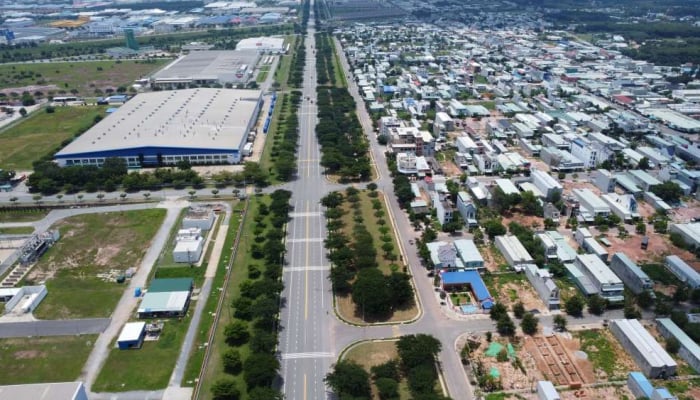

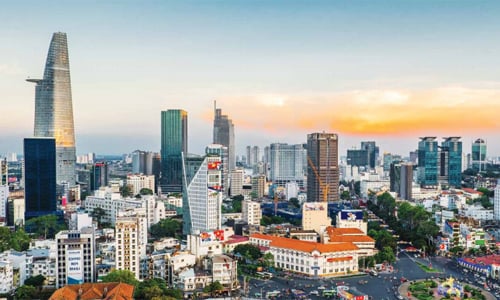


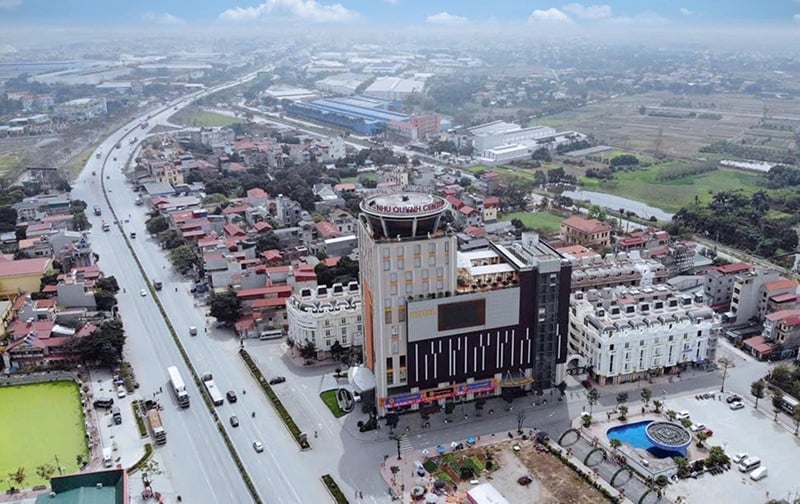
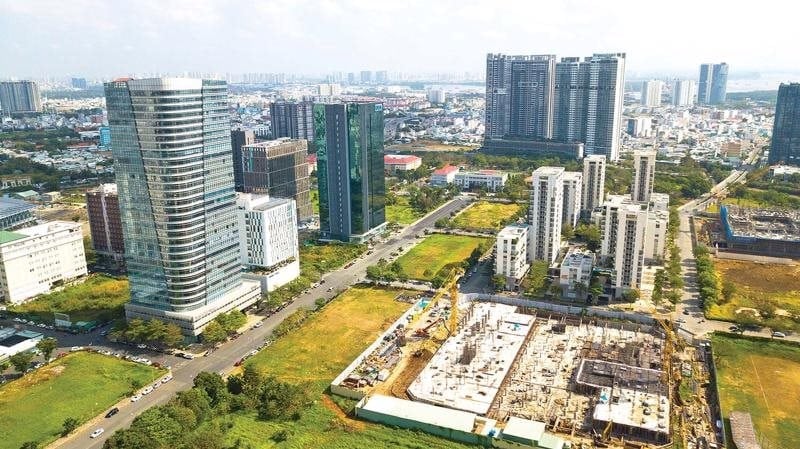
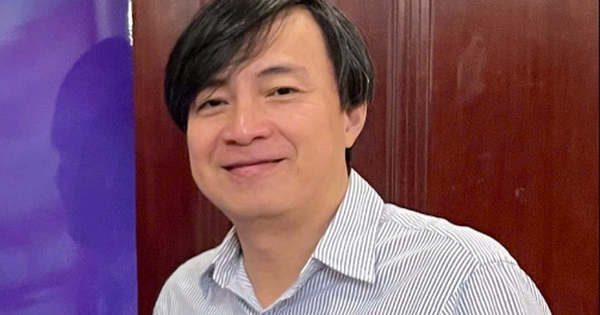

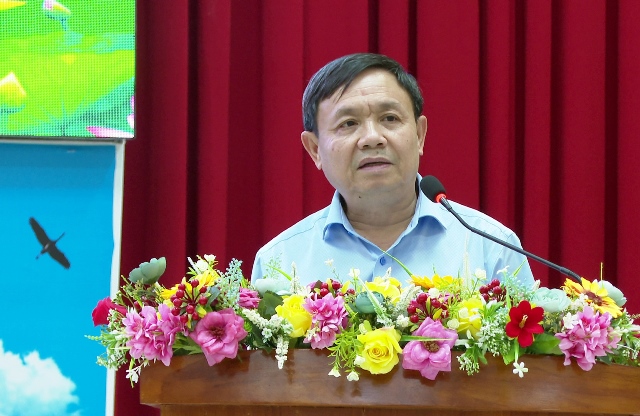

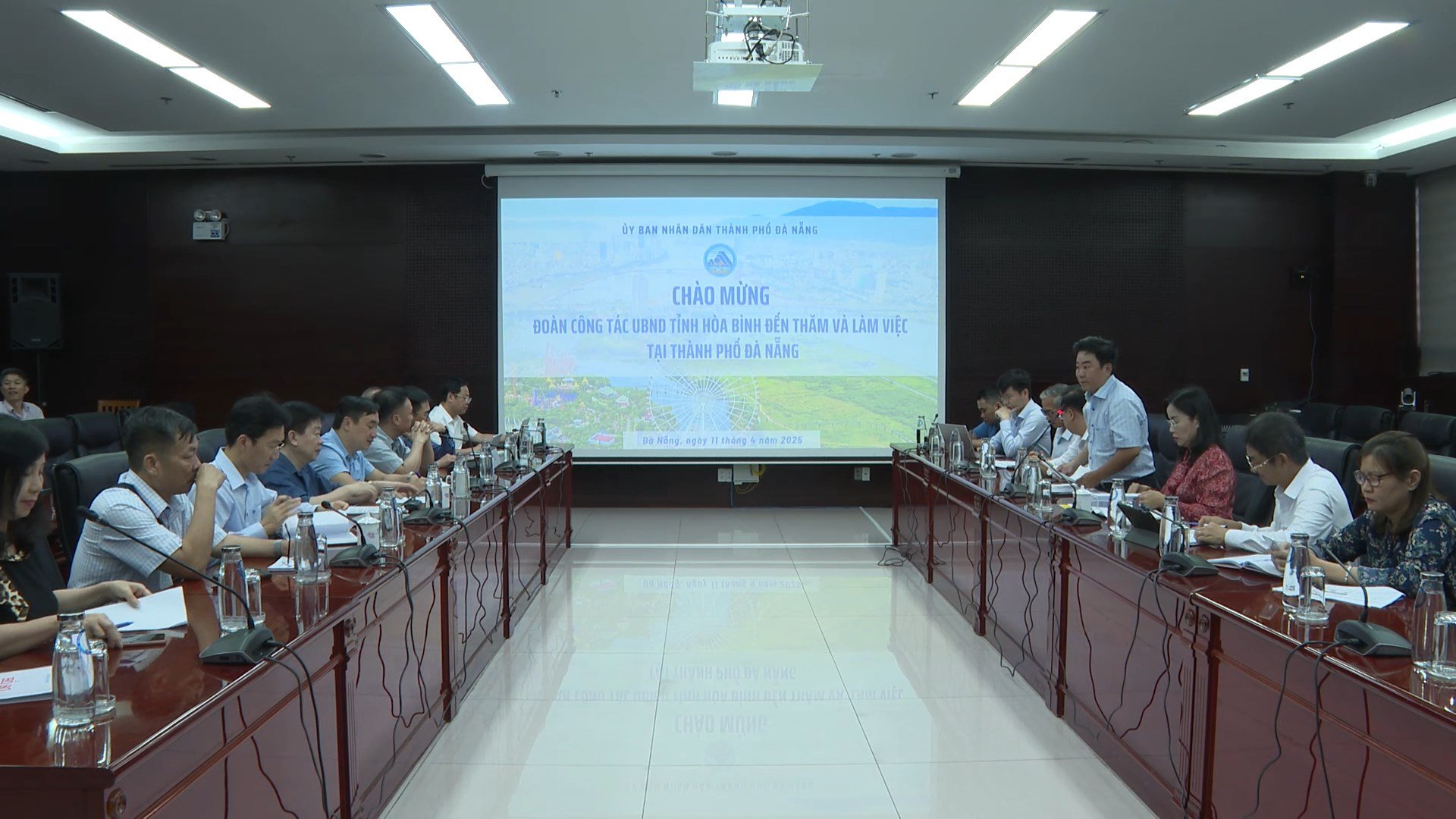

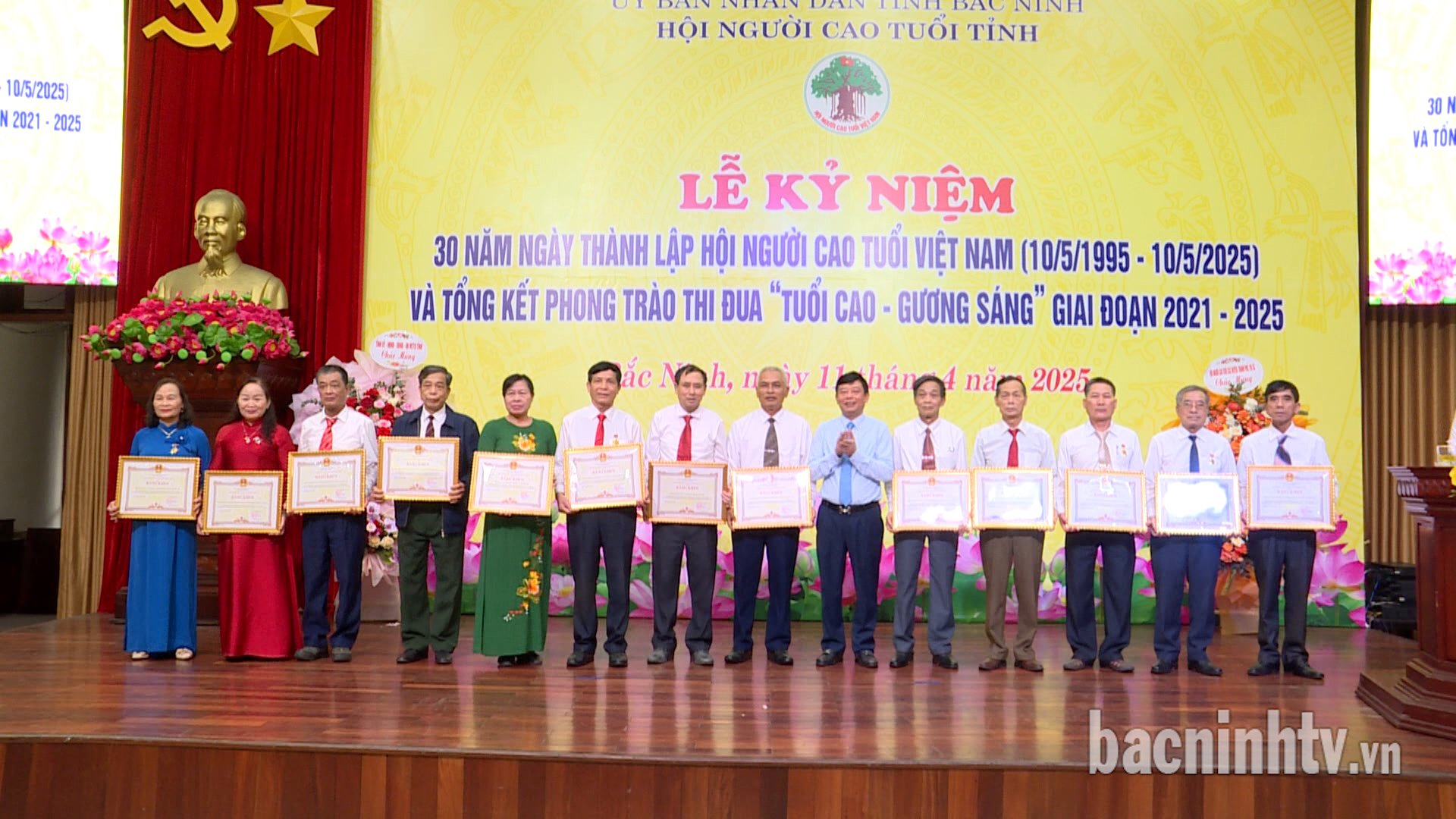



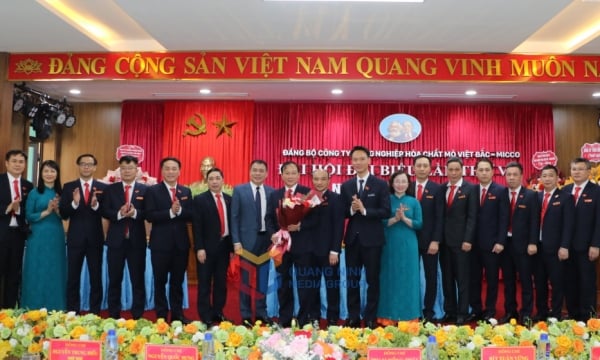
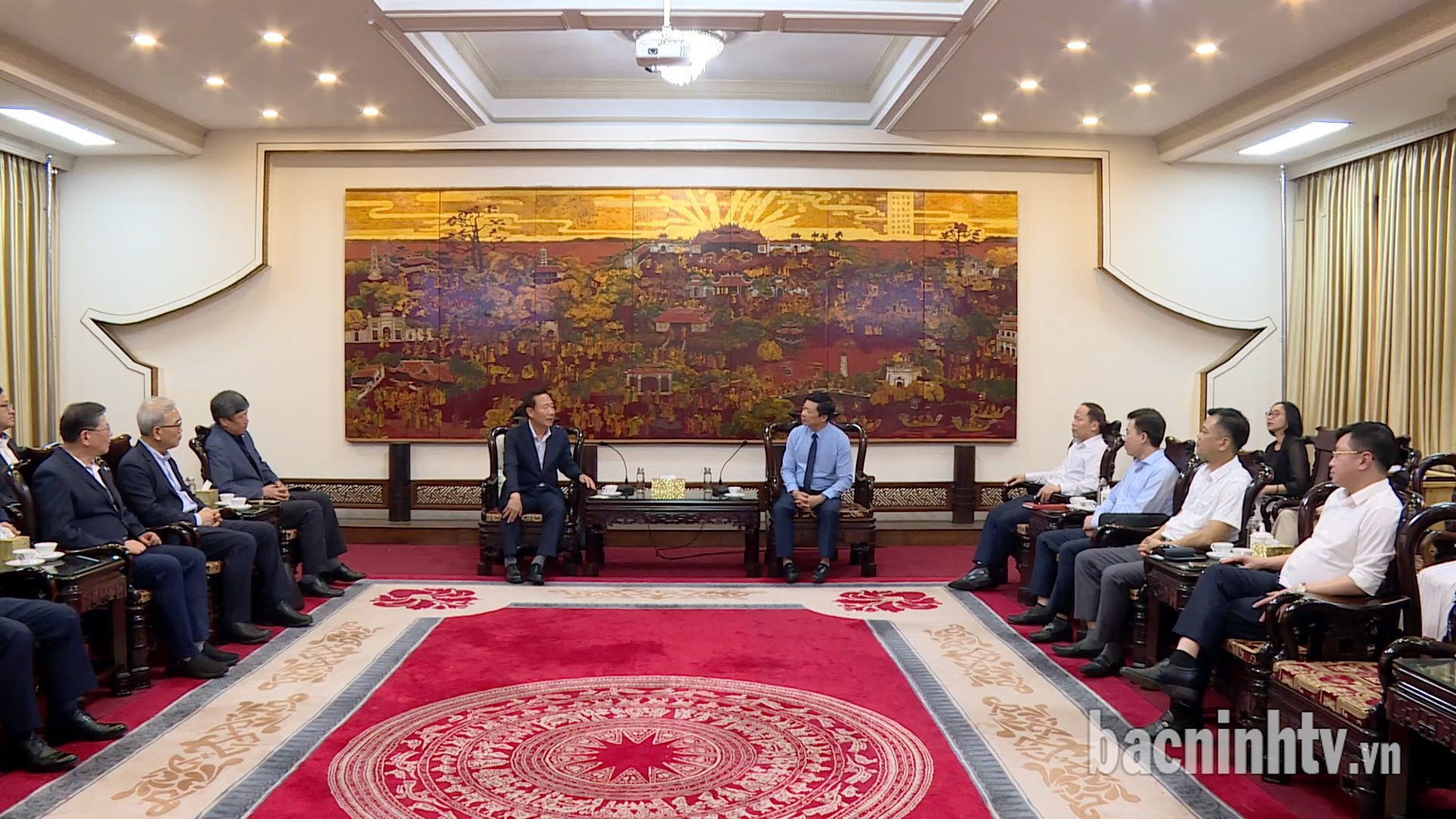

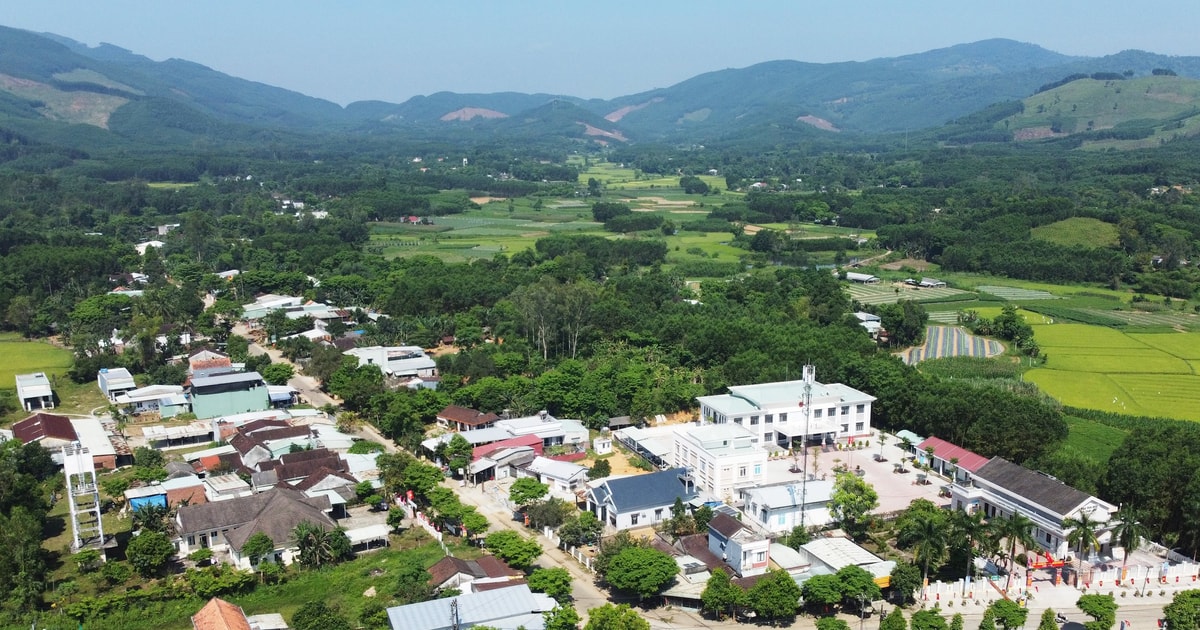
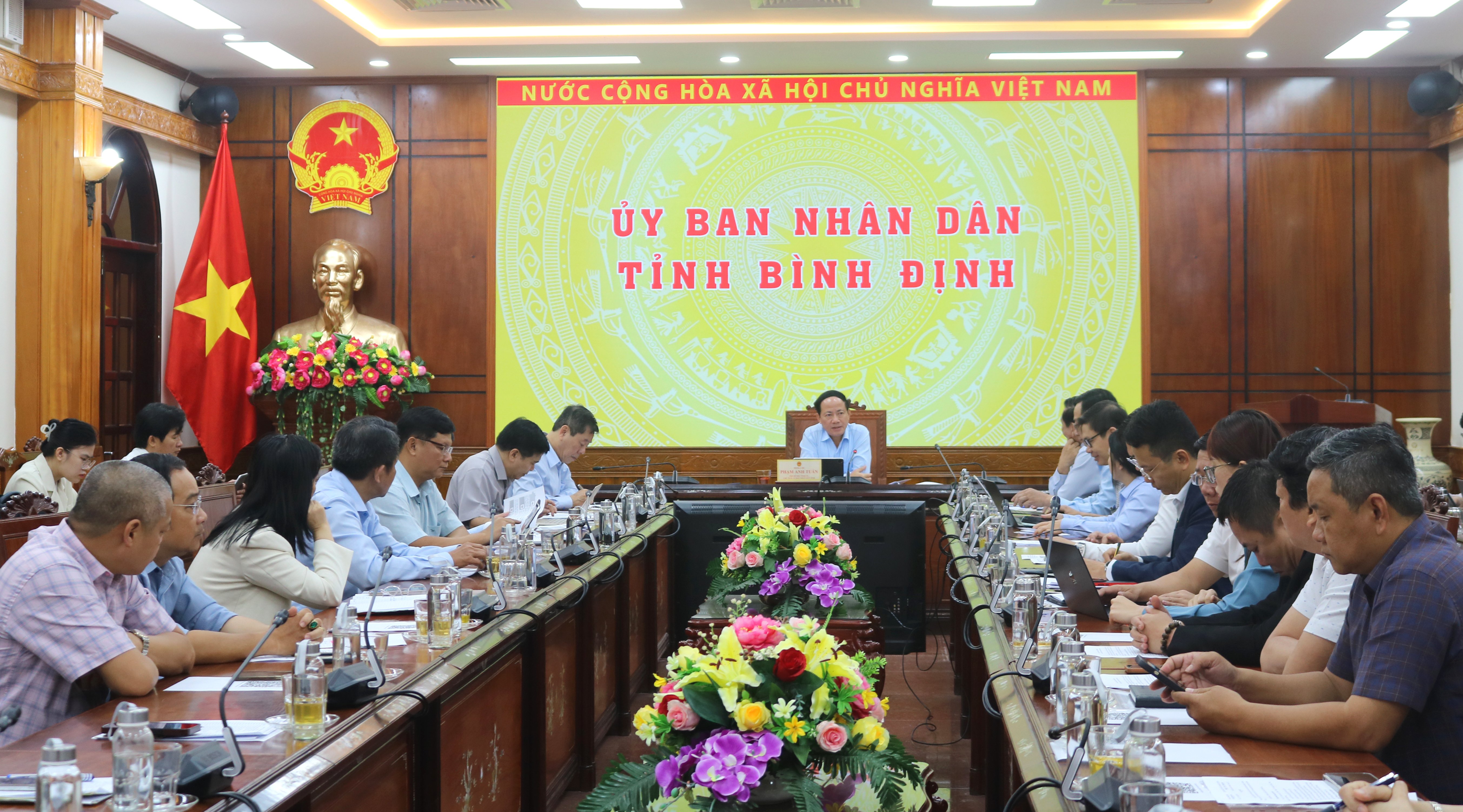
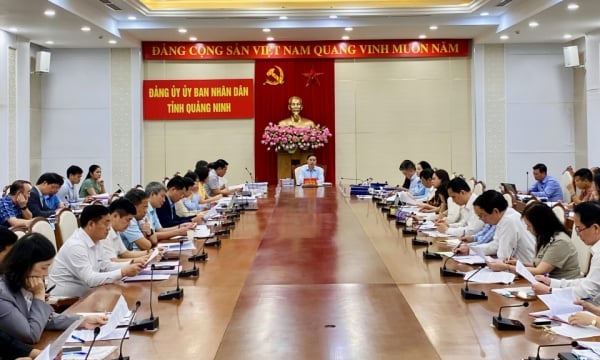
![[Photo] Summary of parade practice in preparation for the April 30th celebration](https://vstatic.vietnam.vn/vietnam/resource/IMAGE/2025/4/11/78cfee0f2cc045b387ff1a4362b5950f)







































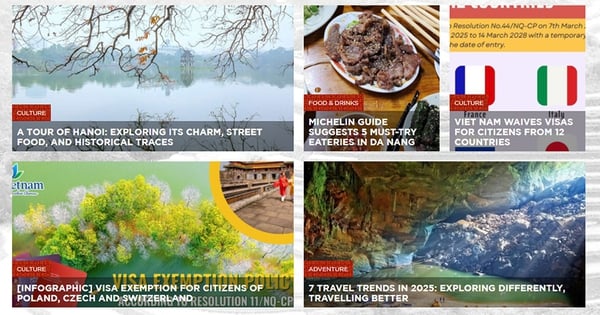

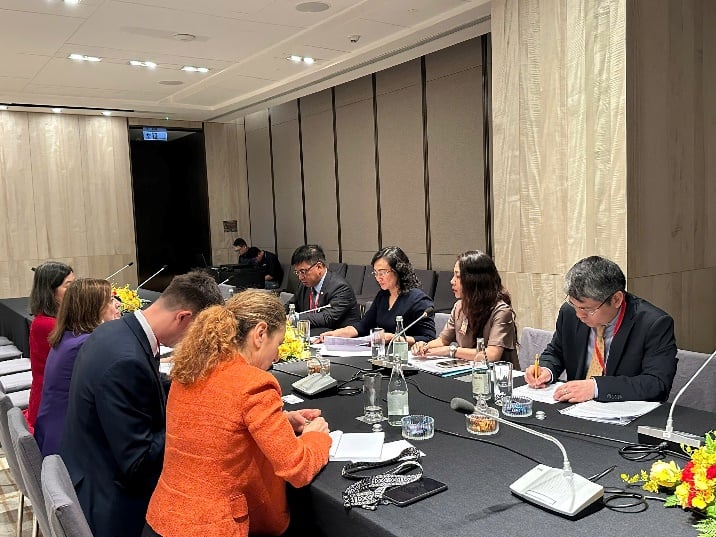
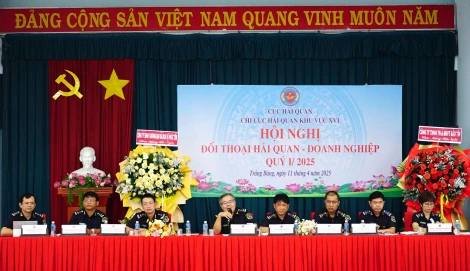
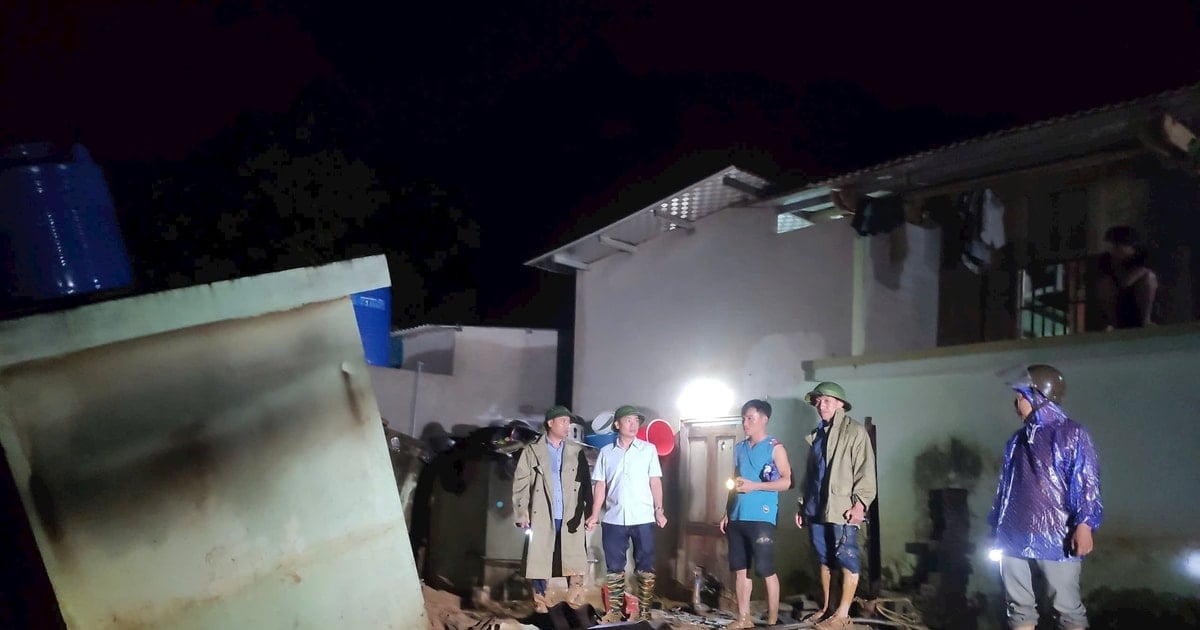



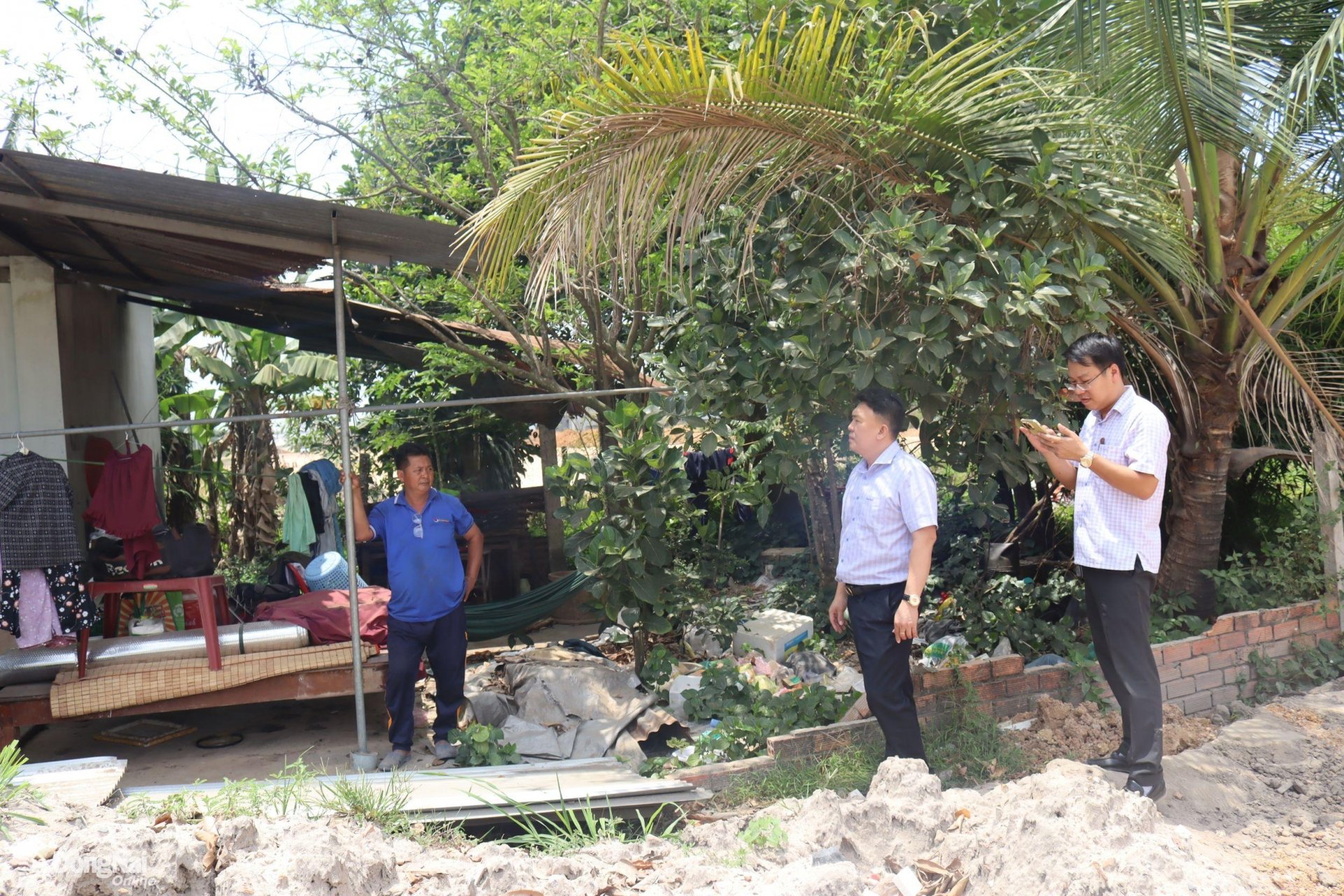

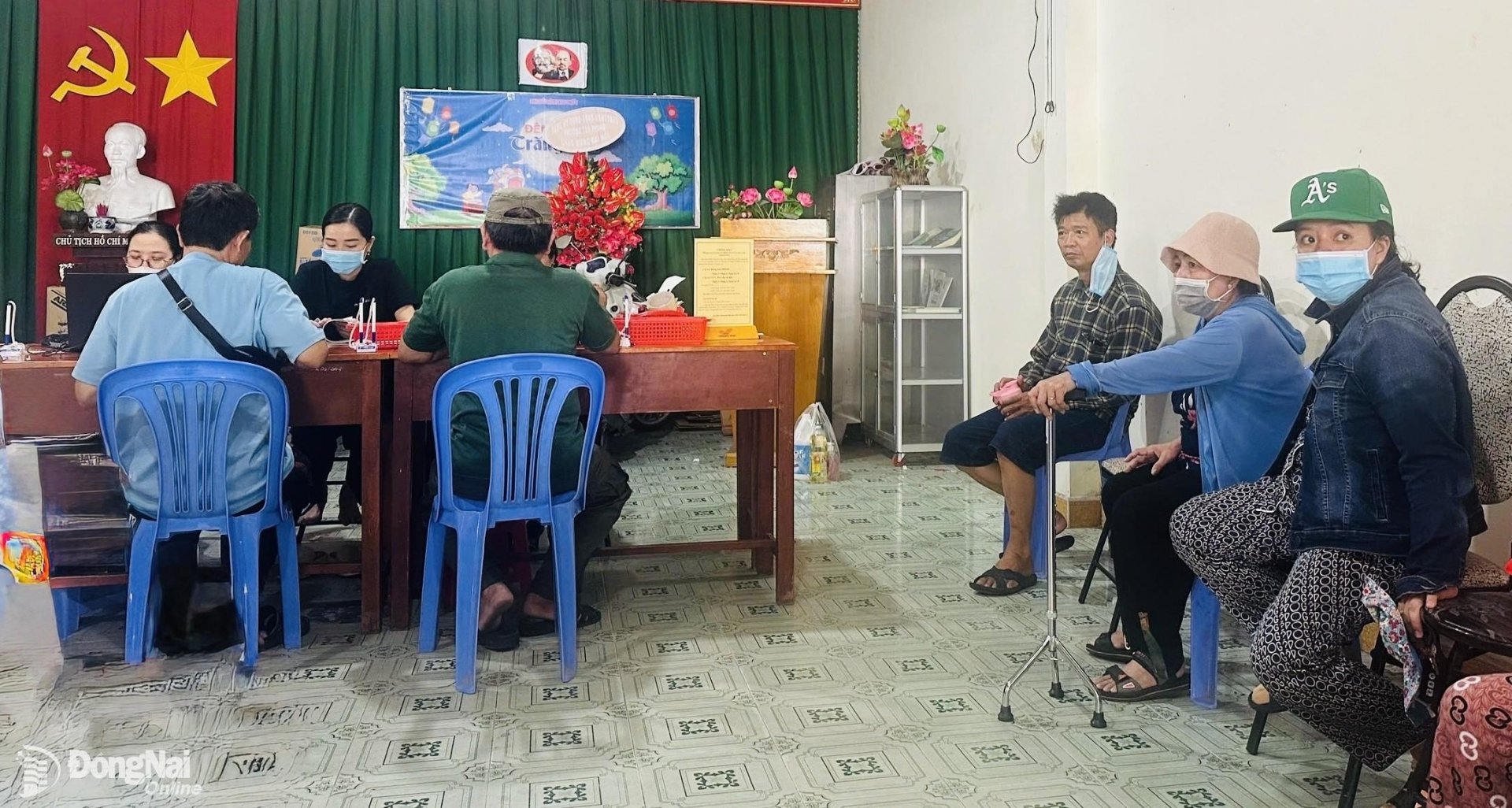











Comment (0)